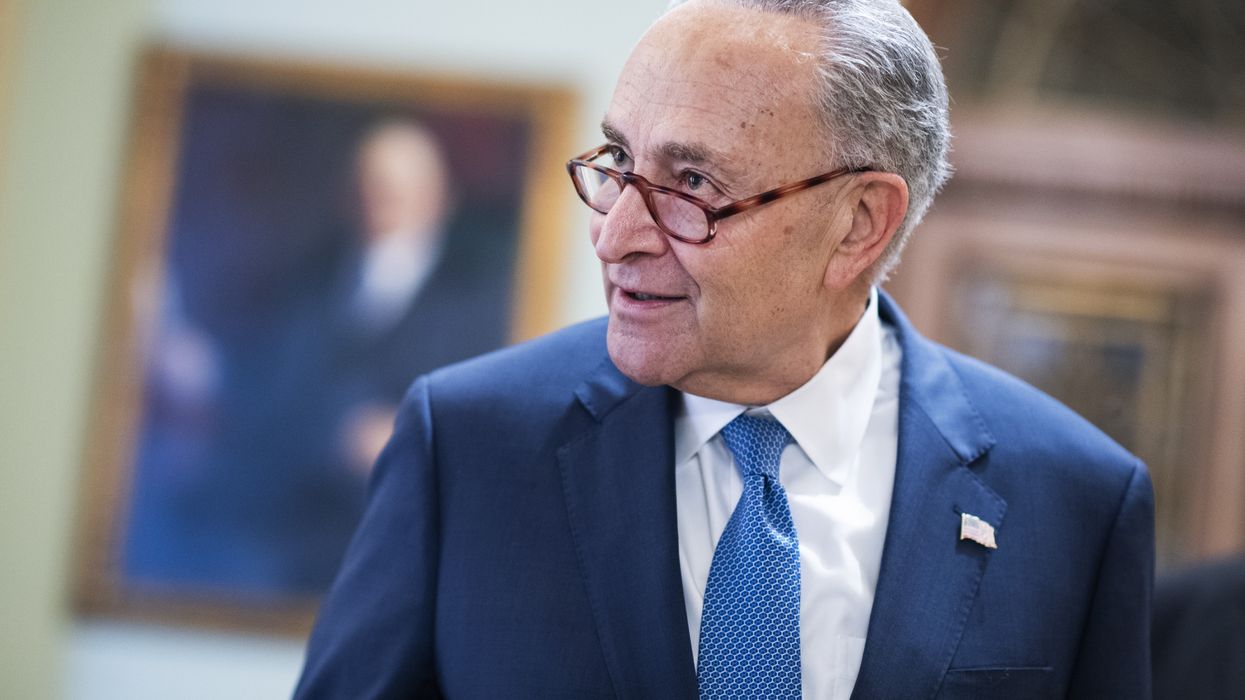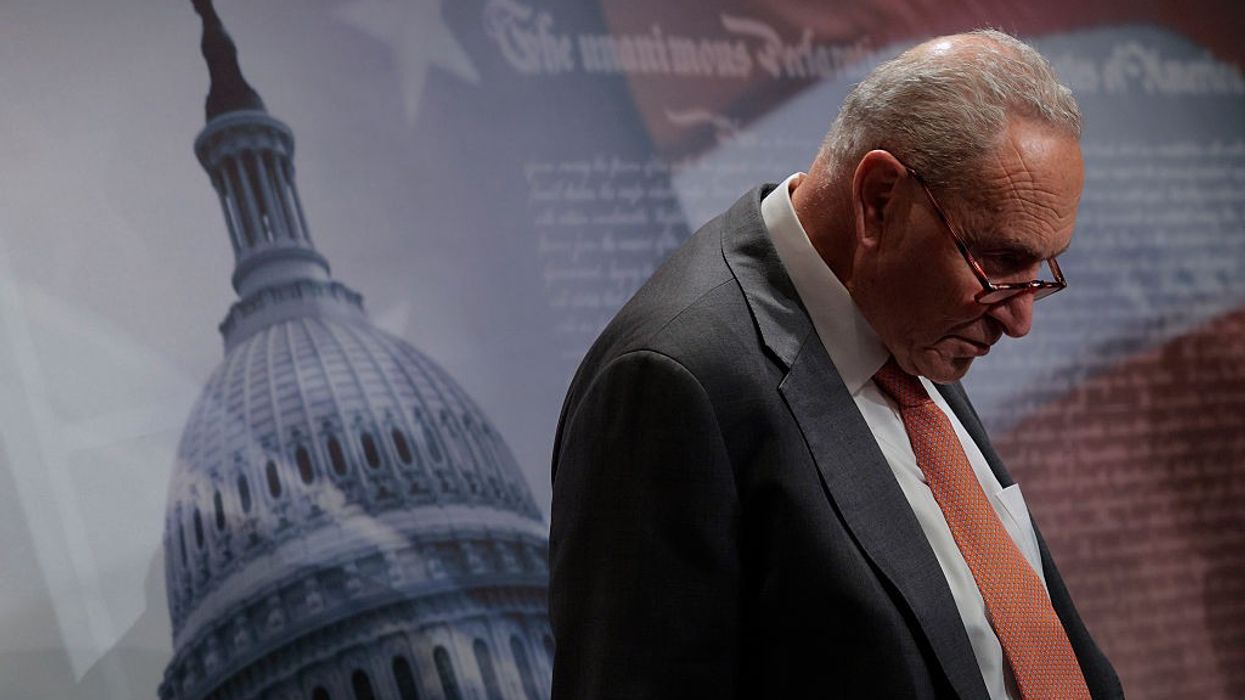Has Sen Schumer Learned Costly Lessons in the Federal Spending Fight?
With very few opportunities for the minority party to make a difference, Schumer and Senate Democrats now must hold strong to stand up for everyday Americans and their access to the most basic essentials.
In March, Food & Water Watch joined a chorus of organizations calling on New York Sen. Chuck Schumer to step aside as Democratic minority leader after his disastrous capitulation during the last federal appropriations fight. At the time, President Donald Trump and Elon Musk were running rampant, defunding and destroying critical climate, food, and water programs. But instead of fighting to mitigate the harms, Schumer led fellow Senate Democrats in ceding any leverage they had by capitulating to Republicans’ six-month spending bill without demanding any concessions or procedural backstops.
Now the opportunity has returned to leverage the significant power Senate Democrats have ahead of the latest spending deadline. For the moment it seems that Schumer has learned some lessons from the earlier debacle. He led his caucus to reject a House spending proposal and support an alternative plan to protect critical food, water, and health programs from Trump’s dangerous cuts. He must continue to demonstrate this leadership as the September 30 spending deadline draws near.
Trump and congressional Republicans are playing a dangerous game of chicken, running headfirst into a government shutdown on October 1 with no off-ramp. Trump has refused to even meet with Democratic leadership, and House Republicans are refusing to come back to work until after the funding deadline. They are following the same playbook they used in March to force the hands of Schumer and Senate Democrats. It worked then, and it will work again if Schumer doesn’t stand strong.
After all, the stakes couldn’t be higher: Access to safe, affordable food, clean water, basic healthcare, and so much more.
A Democratic counter proposal from Sen. Patty Murray (D-Wash.) and Rep. Rosa DeLauro (D-Conn.) includes a key protection against partisan rescissions. We are encouraged that Schumer claims to support this plan.
Though congressional Republicans tout their spending bill as a “clean” extension of current funding levels, this commitment is belied by their threatened use of partisan rescissions to enact Trump’s dangerous cuts later on. This backdoor process fast-tracks the elimination of previously agreed upon funding. While the spending bill needs the support of Senate Democrats to reach the 60-vote threshold to avoid the filibuster, with partisan rescissions Trump can later send Congress a list of programs to eliminate through a simple majority vote—without requiring any Democratic support.
Case in point: Congressional Republicans slashed funding for public television and radio—long an aim of the right—through this partisan rescission process earlier in the year. Trump has further abused this tool to illegally withhold funding through a so-called “pocket rescission,” issuing a last-minute request to freeze funds, run out the clock on the fiscal year, and unilaterally cut congressionally-approved funds. This is unconstitutional.
Further backdoor cuts threaten everything from the environment to education to healthcare. On clean water specifically, Trump and congressional Republicans have proposed slashing funding for the Environmental Protection Agency, which sets limits on contaminants in water, develops methods to test for and removes toxic substances, and establishes regulations that prevent water pollution in the first place. Slashing the EPA will imperil the ability of regulators to enforce clean water standards, making our water less safe and Americans more sick.
Republicans have also proposed slashing funding for water infrastructure. In fact, Trump’s spending proposal calls for virtually eliminating funding for the Clean Water and Drinking Water State Revolving Funds—the primary source of federal funding for water infrastructure in the country. Our water infrastructure is already dramatically underfunded. Federal cuts will make it even more difficult for municipalities to respond to acute threats to water safety, including toxic PFAS “forever chemicals,” lead, and climate change-induced storms and flooding. The result will be higher water bills for households and business, and dirtier, dangerous water.
Senate Democrats must reject the House spending bill for these and many other reasons. Fortunately, a Democratic counter proposal from Sen. Patty Murray (D-Wash.) and Rep. Rosa DeLauro (D-Conn.) includes a key protection against partisan rescissions. We are encouraged that Schumer claims to support this plan.
Recently we facilitated a letter from more than 200 groups across the country that was sent to Sen. Schumer, demanding just this. The letter was signed by the American Civil Liberties Union (ACLU), American Federation of Teachers (AFT), NAACP Legal Defense Fund, Oxfam America, Popular Democracy, and Public Citizen, among many others. It seems that Sen. Schumer is finally listening.
With very few opportunities for the minority party to make a difference, Schumer and Senate Democrats now must hold strong to stand up for everyday Americans and their access to the most basic essentials, including clean water. No budget deal that allows for future partisan rescissions can be allowed to pass.


